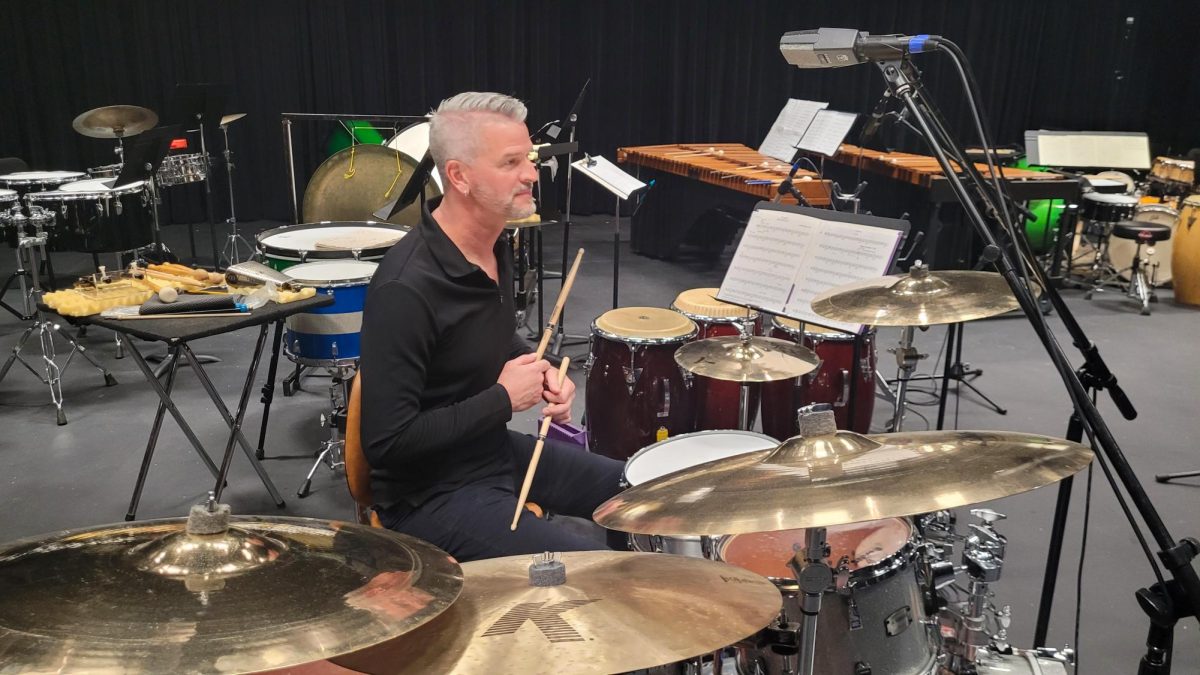Halloween is finally here, so it’s only fair that I review a horror movie before the spooky month ends.
Regarded as one of the greatest films ever, both overall and in the horror genre, John Carpenter’s 1982 film “The Thing” was a pleasant and grotesque watch.
The film takes place in Antarctica during the winter of 1982 where a group of American researchers led by helicopter pilot MacReady (Kurt Russell) and the group’s doctor, Dr. Copper (Richard Dysart), find an abandoned Norwegian camp and dig site.
Upon returning to their camp, a stray Husky is taken into the camp where the group discover it’s not a dog, but rather the Thing, an alien that can morph and imitate the form of things it absorbs.
As mentioned earlier, “The Thing” was a satisfying watch as Russell is a standout actor in all his roles. That’s not to say the rest of the cast did a bad job, but they took a backseat compared to Russell.
It was also nice to see more practicality, especially in a film with a $10 million budget and $200,000 for creature effects, as Universal Studios called it.
Nowadays, $10 million overall and $200,000 specifically for creature effects is quite tiny, but at the time, that was more than the studio had ever given to a monster film before.
All the gore throughout the film from seeing charred corpses to people being absorbed was so grotesque and realistic in a way that made me a little sick to my stomach, something films rarely can do.
This sickly feeling is greatly aided by the film’s score composed by Ennio Morricone as the eerie audio adds to the haunting visuals.
One great example of this is when MacReady and Dr. Copper bring a mutilated corpse left behind from the Thing back to the camp for an autopsy.
The crew gathers around the table, looking at the remains in horror while the eerie score creeps in, allowing the audience to feel as if they were in the same room with the crew.
The best part of the film is easily the ending and what it represents, so this here serves as your spoiler warning.
In a final battle with the Thing, the camp is blown to smithereens with only MacReady and Childs (Keith David), a crew member who mysteriously disappeared during the final moments of the film, left alive.
As both sit down in the snow knowing they will both succumb to the cold once the burning camp extinguishes, MacReady and Childs share a drink with each other.
The film ends here and leaves the meaning of the ending rather vague, but there are three possible interpretations of the ending.
The first is that both MacReady and Childs are human. With victory assured, both spend their final moments sharing one final drink.
The second is that Childs is the Thing and MacReady is human. Accepting his fate, MacReady offers up one last drink.
The third is the inverse where MacReady is the Thing and Childs is human. Like the second option, Childs accepts the drink as a final cheer.
Regardless of which interpretation you choose to be the correct one, their core symbolism remains the same: neither trusts each other as it’s only in certain death that the two can bond.
Whether that bond is genuine, or an imitation is up to the audience.
Everything about “The Thing” is phenomenal and is well-deserving of its praise as the acting, practical effects, and symbolic ending carry the film to stardom.
Rating: 5/5
Luke Brewer can be reached at 581-2812 or at lsbrewer@eiu.edu.


















![[Thumbnail Edition] Senior Foward Macy McGlone, getsw the ball and gets the point during the first half of the game aginst Western Illinois University,, Eastern Illinois University Lost to Western Illinois University Thursday March 6 20205, 78-75 EIU lost making it the end of their season](https://www.dailyeasternnews.com/wp-content/uploads/2025/03/WBB_OVC_03_O-1-e1743361637111-1200x614.jpg)

















































